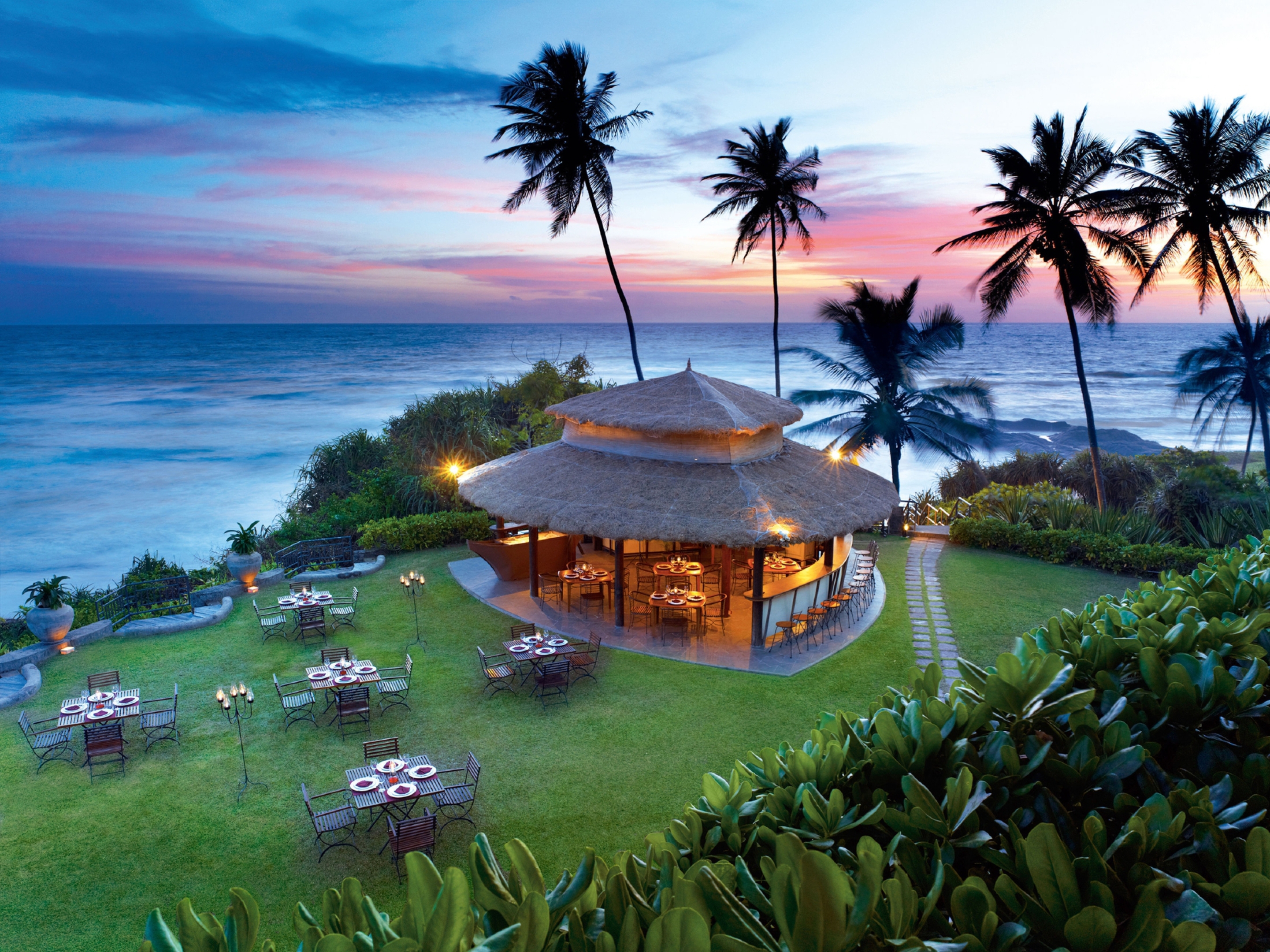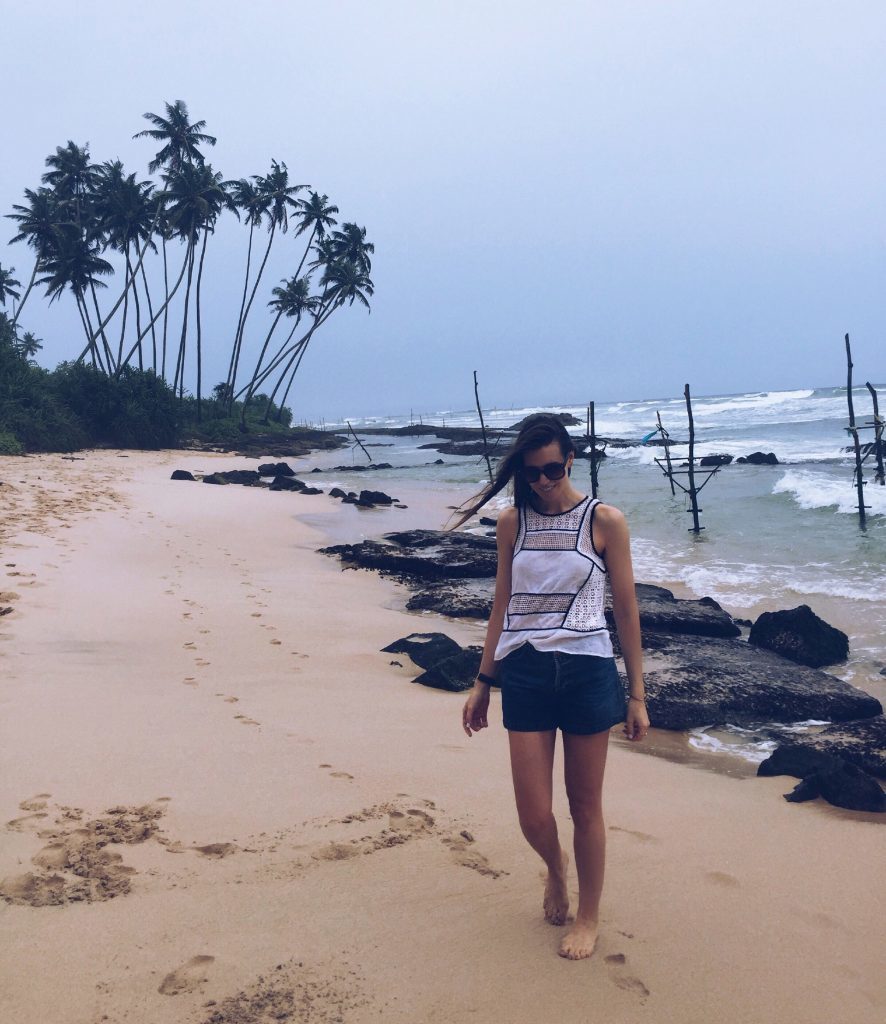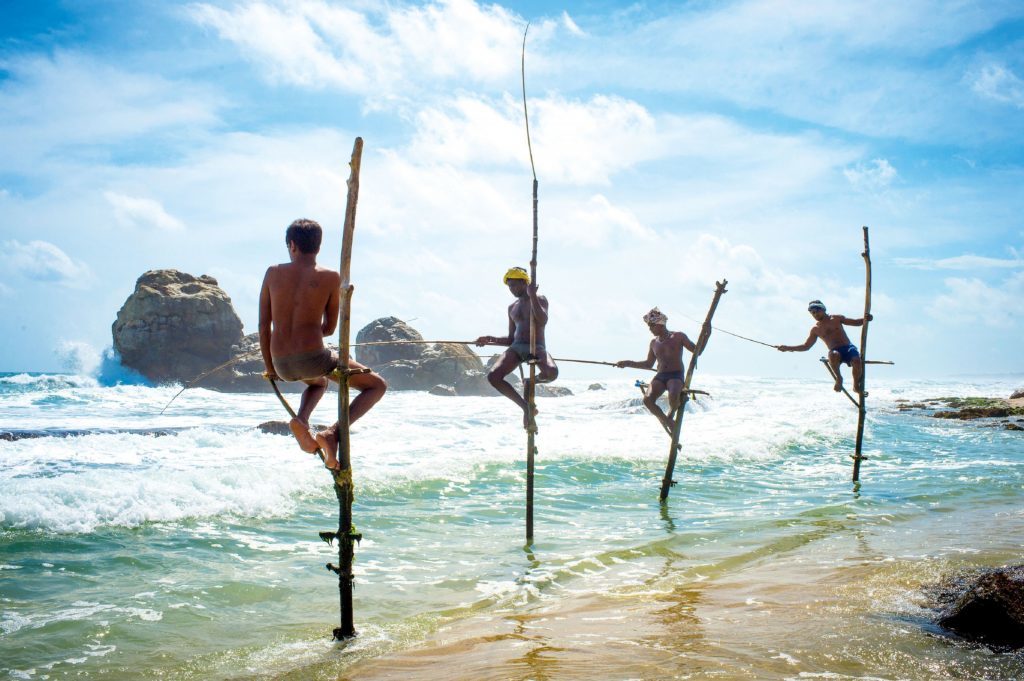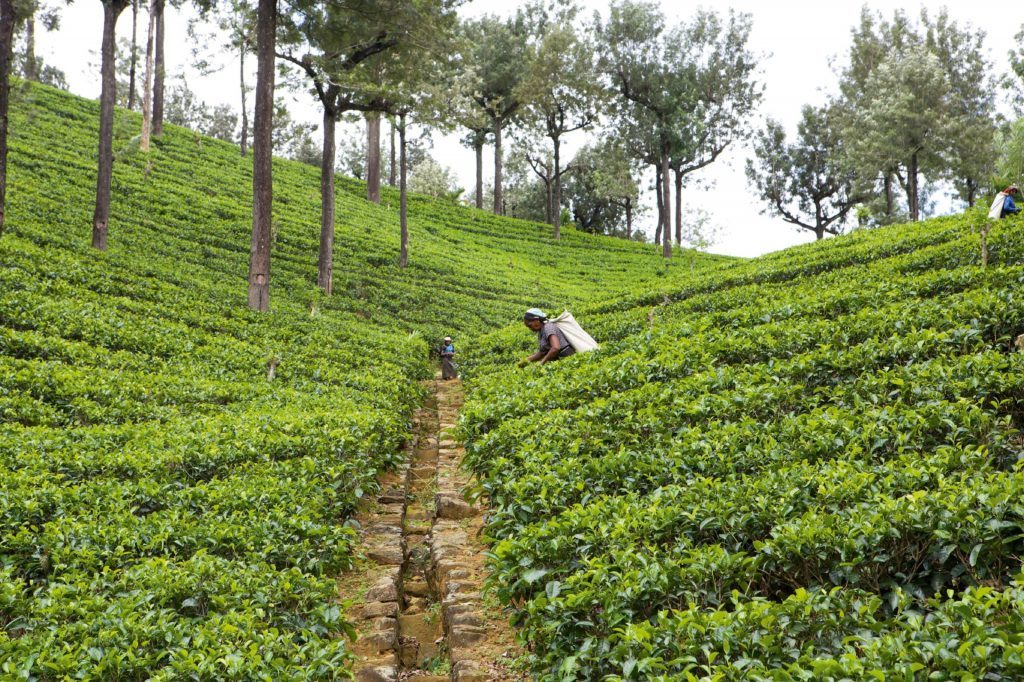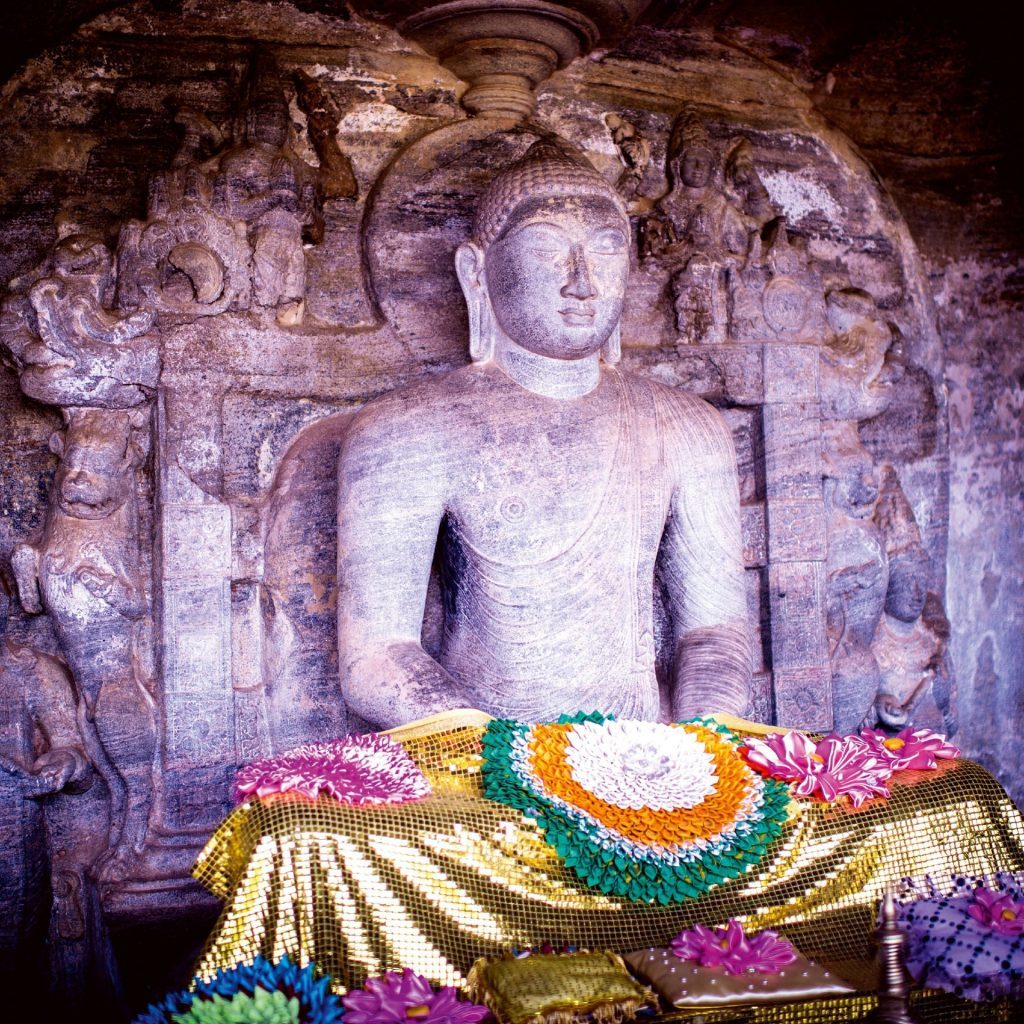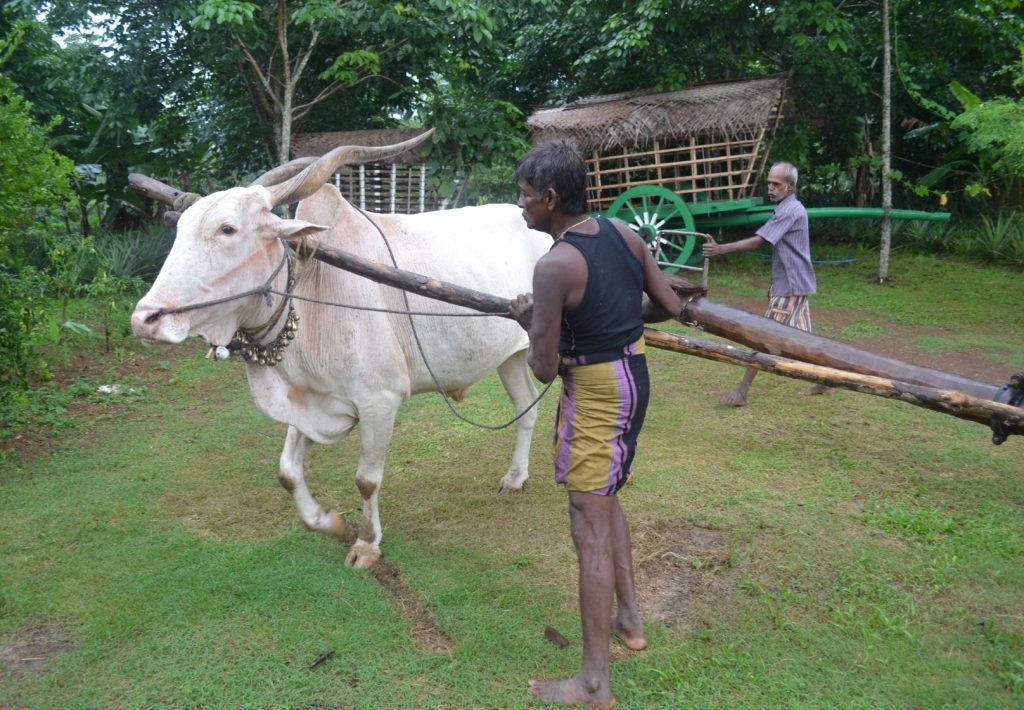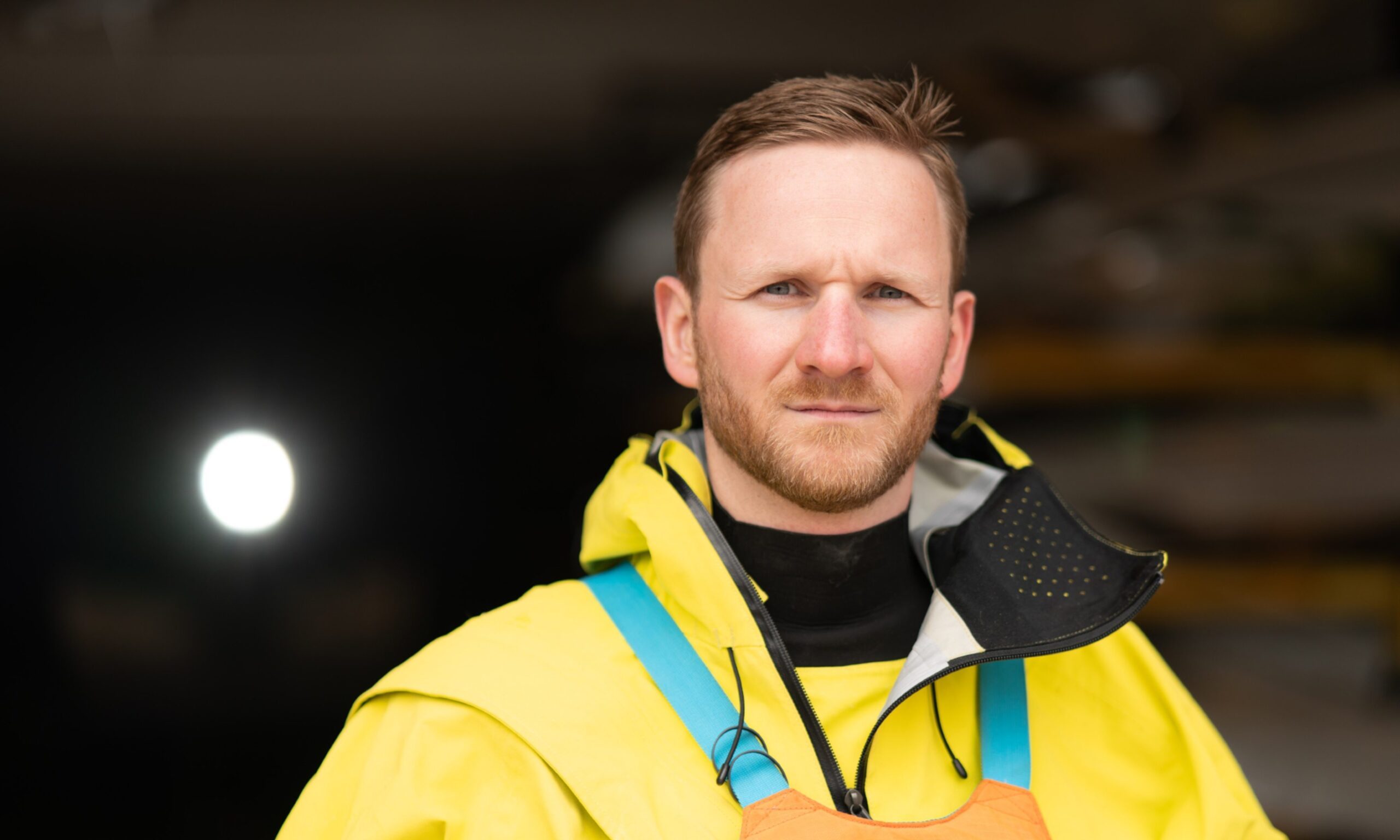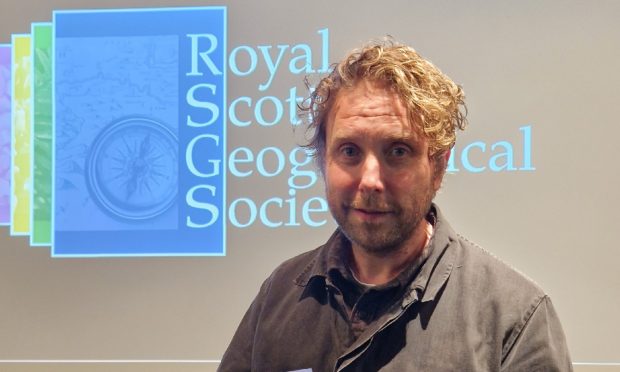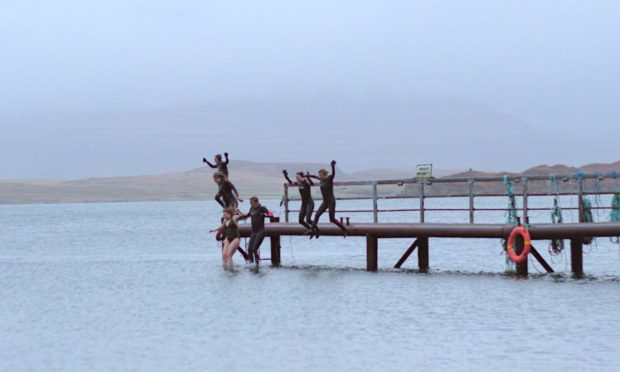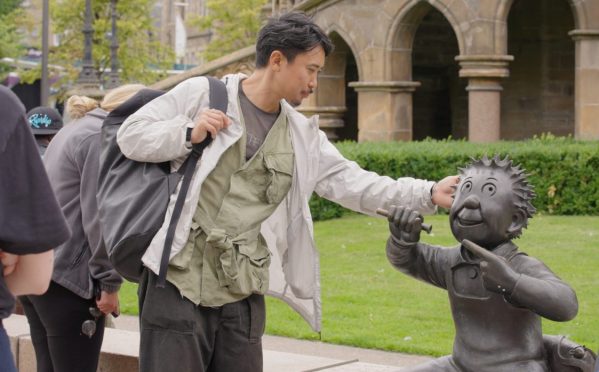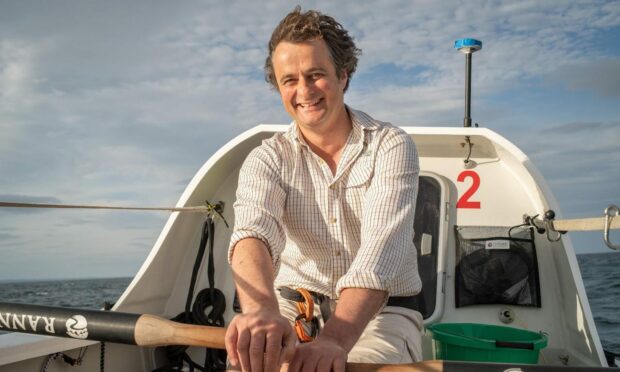Sea turtles, tea plantations and superb beaches will be in much easier reach when Thomson launches a new direct flight to Sri Lanka next month. Lisa Haynes samples the Indian Ocean island
“Tina, Tupac, Tyrone?”
News we’re about to release a batch of three-day-old sea turtles into the ocean incites squeals of excitement from my group of travellers… followed by heated debate about the naming ceremony.
But when a fierce Sri Lanka monsoon breaks at dusk, just as we’re about to launch the 5cm-long wriggling shells into the sea, our enthusiasm is rapidly replaced by concern.
We have vital minutes to ensure the 40-plus hatchlings head straight for the sea, giving them the best chance of survival. As torrential rain lashes down, we steer wayward shells into the waves, while somebody in the group loses a flip-flop in the angry tide.
Founded in 1978, Kosgoda Sea Turtle Sanctuary on Sri Lanka’s south coast is one of several hatcheries working with local fishermen to protect vulnerable turtle eggs from predators, like monitor lizards and crows, and poachers illegally selling the meat and shells.
The hatchery-come-visitor centre incubates rescued eggs from Green, Hawksbill, Loggerhead, Olive Ridley and Leatherback turtles for around 32-40 days and, once hatched, babies are released at three days old for optimum survival instinct.
Tourists can even take part in their own hatchlings launch for a small donation (usually around £30 per couple).
We leave the centre drenched but grinning like turtle superheroes after our successful release of the babies, made even more dramatic by the erratic monsoon.
“Here in Sri Lanka, we see nature putting on its finest displays,” says our local tour guide, Richard Pieris, smiling.
Frequent tropical storms, especially in the monsoon period of May to September, are responsible for the vibrant greens of Sri Lanka’s palm tree-fringed coastlines, so we really can’t complain.
It’s humid too. At every stop, we’re offered orange King Coconuts (sweeter than traditional ones) for refreshment. Richard tells us locals sup it from roadside stalls all over the island and the indigenous fruit has become Sri Lanka’s welcome drink (and hangover cure, apparently).
Tourism boomed in Sri Lanka after three decades of civil war ended in 2009. The number of visitors has been growing and from November, Thomson will launch a direct 12-hour flight, bringing a new wave of wanderlusters to the tropical island.
Along with nature, tradition and culture are key attractions.
We visit Galle Fort beach in the Bay of Galle to see stilt fishermen in action; scrambling up three-metre wooden structures in seconds, they dangle basic rods to catch fish – a method of fishing unique to Sri Lanka.
I appreciate their skills even more when I try it myself. I take forever to perch safely on the branch ‘seat’, and catch just one microscopic fish in 15 minutes. It all feels pretty stable and fun, until a more ferocious wave wobbles your precarious stilt a fraction.
Another tradition Sri Lanka is fiercely proud of is tea production, specifically pure Ceylon, described as the ‘Drink of Kings’ on billboard posters.
Dressed in white lab coats and masks, we get a tour of Raigam Tea Plantation in the lush hills of Ingiriya. The aroma of fresh tea inside the factory is so potent, it makes me feel dizzy.
The scene outdoors, 350ft above sea level, is similarly breathtaking. Sloping hillsides are carpeted in tea leaves as far as you can see and the air’s punctuated by plucking sounds as traditional tea pickers expertly throw leaves into mesh back sacks.
We pass a truck heaped with 1,500kg of green leaves and I’m told it takes almost 5kg of the stuff to produce just 1kg of black tea.
Seeing first-hand the meticulous processes involved in producing such high-grade tea – starting with stalk extraction and ending with a sophisticated tea colour sorting machine, I vow to never to settle for cheap tea bags again.
Not everything in Sri Lanka is so high-tech.
We visit a family-run farmhouse in Bandaragama, where we see a large bull being led in a circle to grind coconut oil using a traditional wooden mill.
More than 100 varieties of fruit and veg are grown on the farm (including some of Sri Lanka’s 60 banana varieties) but the family head tells us endemic Ceylon cinnamon is one of their bestsellers.
The dried out potent sticks taste like intensely sweet but spicy pieces of bark. We encounter the distinctive spice in countless seafood, curry and dessert dishes throughout our stay.
As the matriarch of the family prepares a buffet feast of curries, peppery eggs fried into heart shapes and fresh fruits, I notice an absence of any cutlery. Our guide demonstrates how to eat curry fork-free, mashing it with rice using thumb and forefinger. It’s messy but deliciously satisfying.
Leaving the scent of cinnamon and tea behind, we travel along highways shared by cattle, dogs and rainbow bright tut-tuts blaring raspy horns every 20 seconds.
“It’s not quite India, but it is a bit chaotic,” Richard laughs, as we overtake another goat.
Umbrellas are also commonplace on streets – fanning open to protect against monsoon showers and strong sun… or to shield courting couples.
“Kissing in public is considered taboo for locals,” Richard tells us. “So if you spot one umbrella with two pairs of feet, that’s probably what they’re doing.”
It strikes me as incredibly romantic when we pass an entire beachfront of umbrella-clad Sri Lankan lovers hiding from prying eyes.
Tucked away in sleepy Bentota town, our hotel, the Vivanta By Taj, is flanked by beautiful beaches on either side. Dotted with rock pools, one is perfect for sunset strolls; the other, slapped by more ferocious waves, is scattered with coconut shells and burnt-out banana leaves, like something out of a Bond movie.
Chill-out levels hit their peak after a visit to the hotel’s zen Jiva spa, which draws on Indian Ayurvedic rituals and has koi carp hypnotically swimming around a relaxation room pond.
After a Vishram body massage, I pad through the spa’s magical canopy of sacred temple trees (still wearing my bamboo spa slippers) and head to the beach to catch sunset.
Covered in sandalwood oil and full of (more) Ceylon tea, I watch as the pink sun burns out over the horizon and can’t help wondering how Tina, Tupac and Tyrone, aka our turtle hatchlings, are getting on in their new Sri Lanka home…
TRAVEL FACTS
Lisa Haynes was a guest of Thomson (thomson.co.uk; 0871 230 2555) who offers seven-night holidays at 5T Vivanta By Taj (B&B) from £953pp (two sharing). Includes direct flights departing from London Gatwick airport on November 21, 2016.
